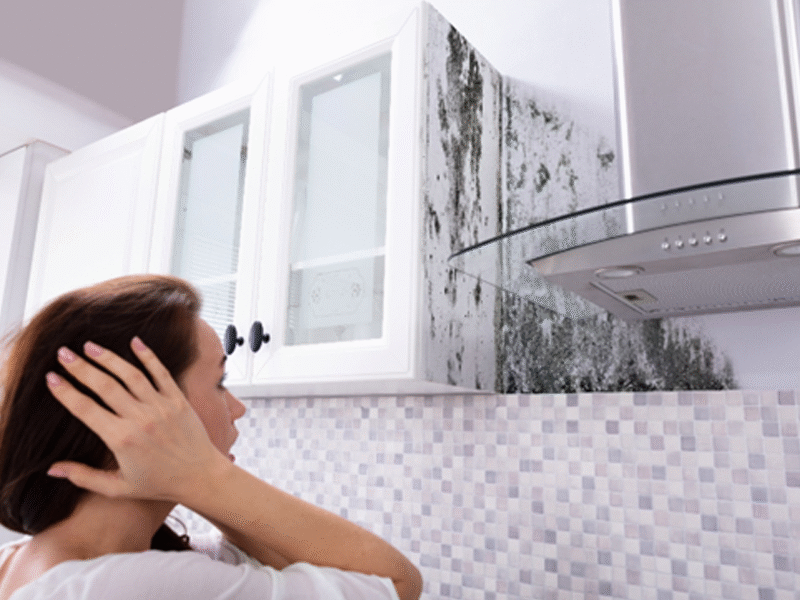An Indoor Air Quality (IAQ) survey is a comprehensive assessment used to evaluate the air quality within indoor environments such as homes and offices. These surveys are often mistaken for industrial occupational hygiene assessments, which focus on evaluating exposure to hazards like welding fumes, chemicals, and other airborne contaminants in industrial settings. At IOHC, we can assist our customers with both indoor air quality and occupational hygiene assessments.
The main aim of an indoor air quality survey is to ensure that air quality within indoor spaces is acceptable. Many pollutants can influence indoor air quality, including dust, bacteria, mould, VOCs, and gases, among others. What is measured in the indoor air quality survey depends largely on the property’s location, type of complaints, property history, and health effects observed in occupants.
The National Construction Code provides some guideline levels for compliance.
The main aim of an indoor air quality survey is to ensure that air quality within indoor spaces is acceptable. Many pollutants can influence indoor air quality, including dust, bacteria, mould, VOCs, and gases, among others. What is measured in the indoor air quality survey depends largely on the property’s location, type of complaints, property history, and health effects observed in occupants.
The National Construction Code provides some guideline levels for compliance.
Maximum contaminant limits for acceptable indoor air quality as per the National Construction Code.
Table F6V1 Maximum contaminant limits for acceptable indoor air quality
| Pollutant | Averaging time | Maximum air quality value |
|---|---|---|
| Carbon dioxide, CO2 | 8 hours | 850 ppm Note 1 |
| Carbon monoxide, CO | 15 minutes | 90 ppm |
| Carbon monoxide, CO | 30 minutes | 50 ppm |
| Carbon monoxide, CO | 1 hour | 25 ppm |
| Carbon monoxide, CO | 8 hours | 10 ppm |
| Formaldehyde, CH2O | 30 minutes | 0.1 mg/m3 |
| Nitrogen dioxide, NO2 | 1 year | 40 μg/m3 (0.0197 ppm) Note 2 |
| Nitrogen dioxide, NO2 | 1 hour | 200 μg/m3 (0.0987 ppm) |
| Ozone, O3 | 8 hour, daily maximum | 100 μg/m3 (0.0473 ppm) |
| Particulate matter, PM2.5 | 1 year | 10 μg/m3 |
| Particulate matter, PM2.5 | 24 hour (99th percentile) | 25 μg/m3 |
| Particulate matter, PM10 | 1 year | 20 μg/m3 |
| Particulate matter, PM10 | 24 hour (99th percentile) | 50 μg/m3 |
| Total volatile organic compounds | 1 hour | 500 μg/m3 |
Apart from the contaminants listed in the table above, indoor air quality surveys often include monitoring for volatile organic compounds, specific chemicals, sewer gases, mould and bacteria levels, and thermal comfort. HVAC systems, general housekeeping, chemical use on the property, and air exchanges/ventilation in the area are also often checked as part of the assessment.
IAQ surveys in commercial indoor spaces are carried out mostly for two reasons: for compliance purposes and to investigate a health complaint. The specifics of what should be monitored in the survey will depend on the purpose of the survey.
IAQ survey in the residential settings mostly includes verifying the dust and mould levels, property ventilation, humidity levels, checking for water damage, building moisture levels and bacteria levels. Sometimes levels of fumes and other substances may also be required to be monitored, depending on the location of the property and the nature of the health complaint.
If you need an IAQ survey for your home or office, contact our experienced occupational hygienists on 07 2102 4210.


